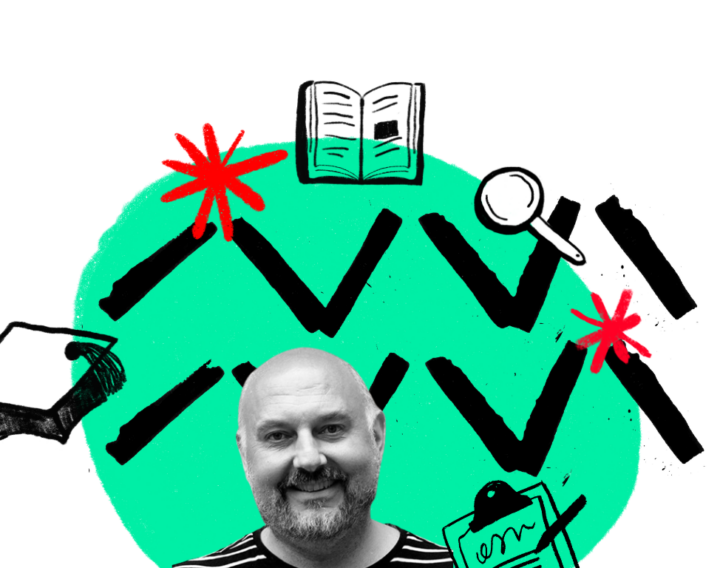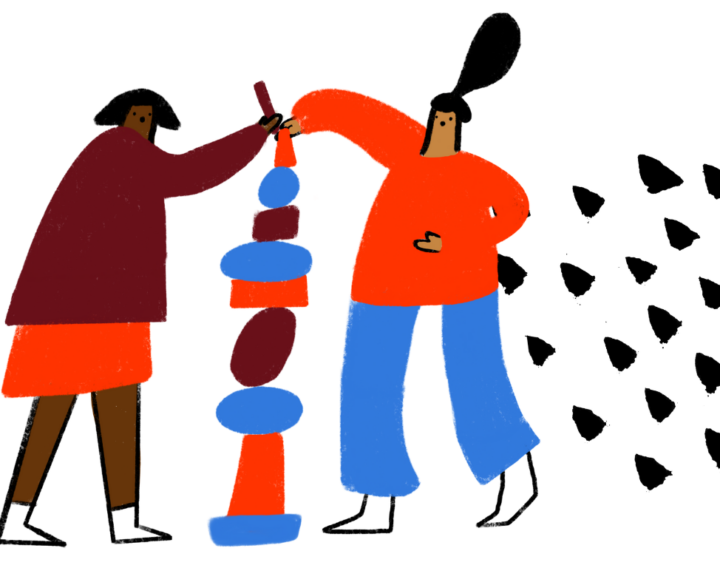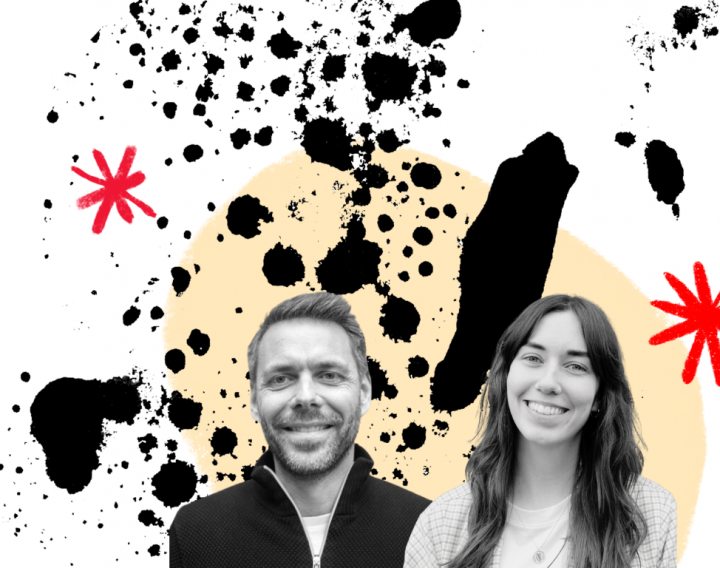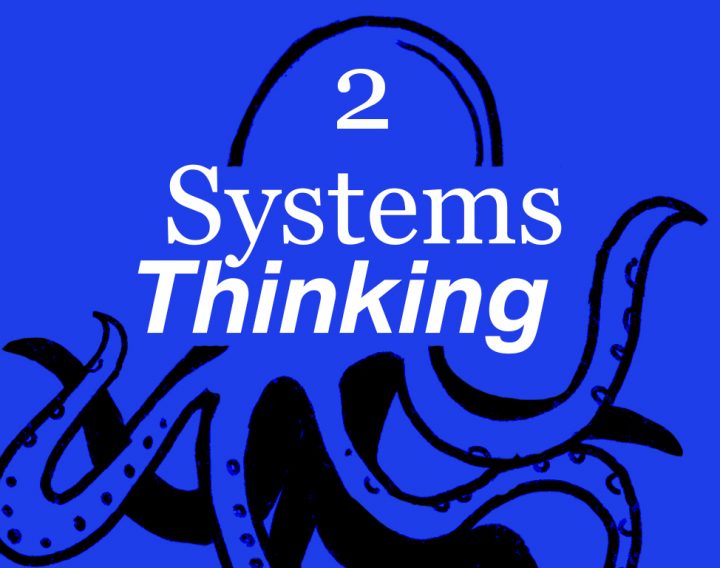What you can do about accessibility
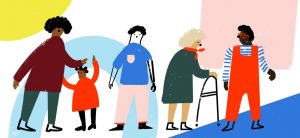
September 23rd 2020 is a date that has been looming large for anybody in the public sector. It’s the date that Public Sector Bodies (Websites and Mobile Applications) Accessibility Regulations (PSBAR) come into force. This means all public-facing websites must meet the Web Content Accessibility Guidelines (WCAG) 2.1 so they’re accessible to everyone, including disabled people.
September 23rd 2020 is a date that has been looming large for anybody in the public sector. It’s the date that Public Sector Bodies (Websites and Mobile Applications) Accessibility Regulations (PSBAR) come into force. This means all public-facing websites must meet the Web Content Accessibility Guidelines (WCAG) 2.1 so they’re accessible to everyone, including disabled people.
At Snook, we’ve been working with organisations to help them prepare, by supporting them to change old services and helping ensure new ones are accessible by default. But it’s about more than just about complying with legislation. We’re committed to helping everyone we work with think about everyone who might use their services and design them so they’re truly inclusive.
Why accessibility matters to business
Accessibility is more than putting a ramp in place, more than adding captions to presentations. Although those are very important, accessibility is about creating a fair and equal society. It matters because there are ‘14 million disabled people in the UK and 1 billion globally.’
Additionally, according to Scope UK, 40% of UK households have at least one disabled person, which is a staggering 11 million households.
Including people with varying impairments and conditions in all aspects of Service Design and User Research is fundamental to good design. This is because when we build for those with specific needs, we build better for all.
Not only is there a human cost to inaccessibility, there is also an economic one, often referred to as the Purple Pound. According to the Office for National Statistics (ONS), the cost of not making sites physically and digitally available for people to purchase goods and services is ‘£274 billion’!
Everyone is impaired sometimes
When we think of disability and accessibility needs, however, we aren’t taught what that means.
Consider the times when you’ve hurt your leg, have a suitcase with you or are pushing a pram, how much easier is it to around when there are ramps?
Now consider in the digital world, you’re working from home, kids are running around, or traffic outside is making it difficult to hear. Captions on that workshop your boss has asked you to attend suddenly make life so much easier because you can read them when things get in the way.
In both situations, you are technically an impaired person.
What this is called is a temporary or situational impairment. In the case where someone has a permanent impairment, these features make the difference between being physically or digitally isolated and being independent.
What’s important to acknowledge here is that in order for us to truly understand how to design better for everyone, we must include everyone. When we all include disabled people in our design and testing processes, we make the world more human by default. It’s crucial that we stop making assumptions and stop thinking that it’s inconvenient to include people with different life experiences.
It only makes our work stronger and, let’s be honest, it makes perfect sense.
Why we go beyond the screen
This is why we go beyond digital products. It’s more than a tick box and more than passing pre-set guidelines. It’s about educating and making sure that there are wider changes made to organisations so that they can make products and services usable for all.
Providing workshops and training materials, bringing clients and colleagues along with you, can ensure that future services are robust and usable. One way this can be done is by creating project development and research plans with accessibility testing built into the foundations of every single project.
Something that’s crucial during service development is ensuring accessibility isn’t siloed into one part of the service. It needs to be consistent and considered throughout the design process.
There may be services that require input from multiple channels, or that have complex processes to consider. In those situations, there can be additional constraints such as budget, or time, that take accessibility off the priority list. Although we understand how this can happen, we also know the negative and costly long-term effects when accessibility isn’t considered early on.
We want to make experiences better. These situations require accessibility expertise to review, analyse, devise a plan, research and test. It can be daunting, and we want to help.
Inclusive design
This translates much wider too. As we are uncovering the potential of a fully accessible world for all, it creates the perfect foundations for truly inclusive design. This considers everyone in the process. ‘Everyone’ also includes understanding the importance of how different cultures, ages, languages, ethnicities, socio-economic backgrounds and life experiences affect our physical and digital spaces.
When we think about our physical and digital environments, examples of quiet rooms and clear content come to mind. With quiet rooms, we not only cater to those with varying sensory requirements or mental health considerations, we also provide a space for private prayer.
With clear content, we make it easier for people with different learning abilities or dyslexia to read. At the same time, clear content is easier to translate for those with English as their second language.
Having spent years as an Accessibility Lead and Specialist, I now focus this knowledge towards our in-built processes as a Senior User Researcher. This helps teams to see services through the real-life journeys of all service users. Together with our Accessibility and Inclusive Design lead, Zeeshan Wali, we’re getting colleagues and organisations up to speed. We’re finding that it’s an exciting time for inclusive practices in Snook.
Ultimately, ensuring that your services and spaces are fully accessible for all is an important step in making our society fully inclusive. We’ll be sharing case studies and writing more about this soon. Please get in touch if you’d like to share your experience, or talk to us about how we can help.
Originally written by Alex Cleator – Available on Medium
